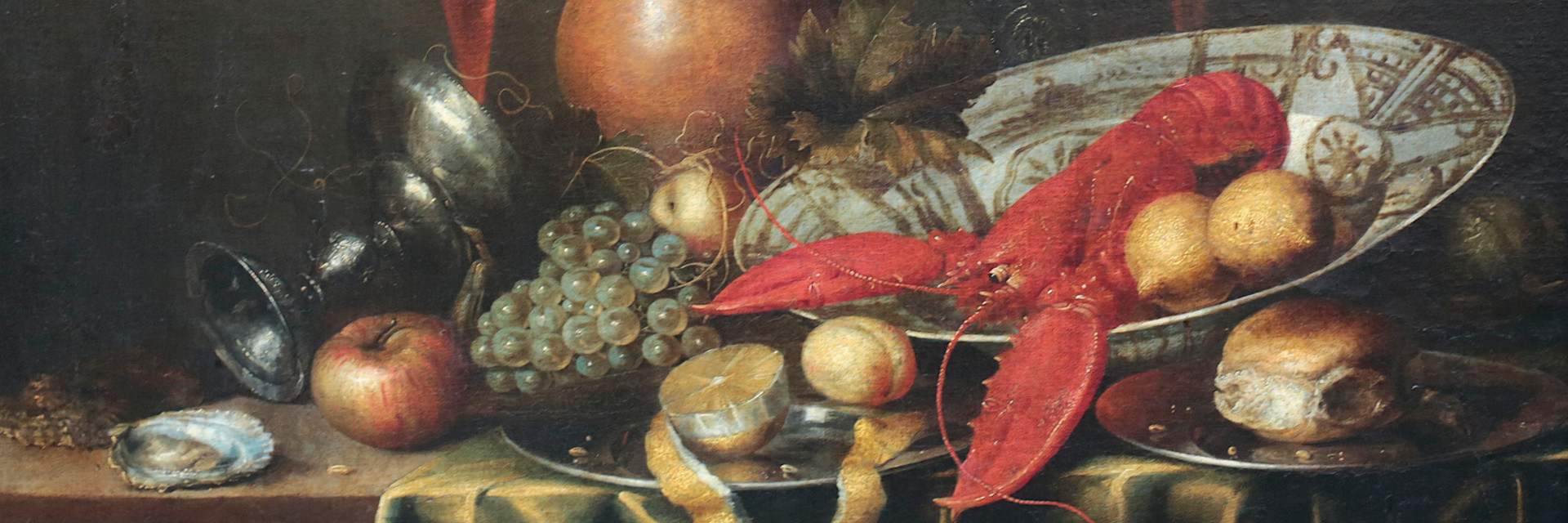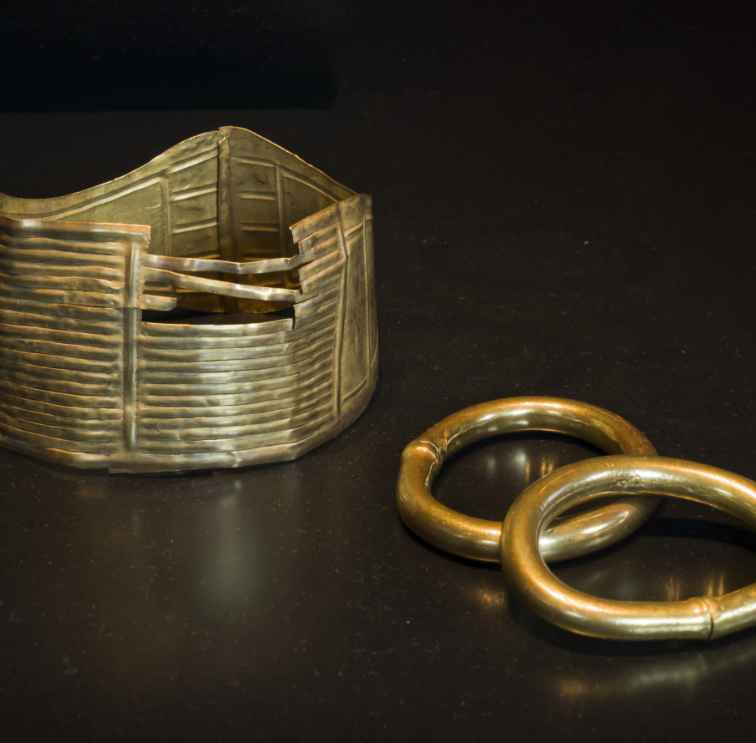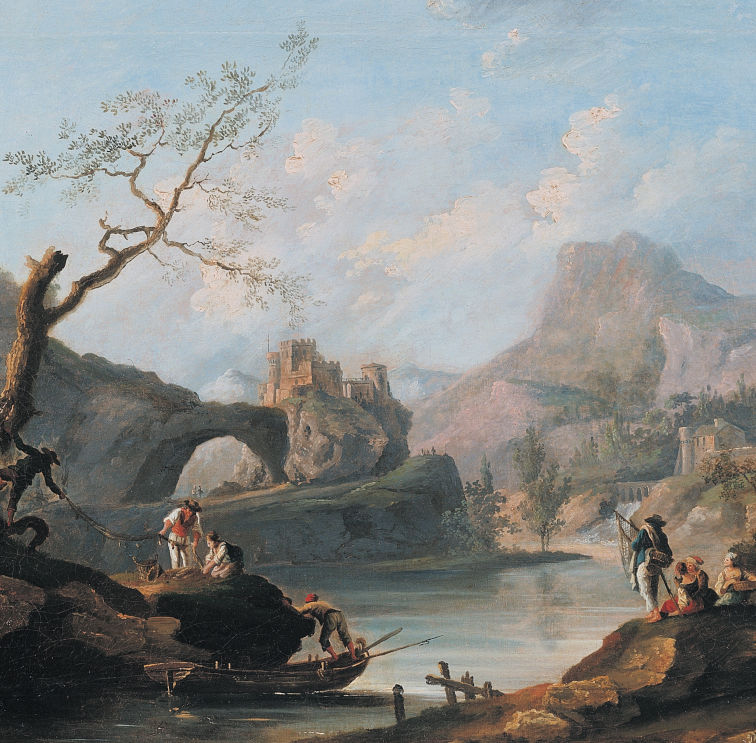Collection - Museo de Pontevedra

ABOUT THE COLLECTION
The Museum of Pontevedra’s collection is considered to be an important part of the province’s public heritage and is made up of pieces of different origins that cover a wide variety of themes. It allows us to get to know the Galician history and art from its prehistory to the beginning of the 21st century. Moreover, it also includes artworks from other regions of Spain and of the world, thus serving as a bridge between cultures.
Paintings, sculptures, drawings, engravings, archaeological pieces, ethnographic objects, coins, furniture, musical instruments, jewelry, photographs, and document and bibliographic collections, among others, can be found at this Museum, which has become a cultural benchmark in Galicia.
The Museum’s already extensive collection is continuously increasing, which makes it difficult to provide a summary. However, the gold and silver pieces that are part of the archaeological collection, which includes the Caldas Treasure (the largest collection of gold pieces in the European prehistory), particularly stand out.
It is also worth mentioning the collection of Galician art dating from the late Antiquity period to present times, which is made up of remarkable pieces such as the two sculptures of prophets from the Pórtico de la Gloria (Portico of Glory) or Alfonso Daniel Rodríguez Castelao’s work, a remarkable figure of Galician history and art from the 2oth century. In addition, Spanish paintings from the 15th to the 20th century by famous artists such as Jenaro Pérez Villaamil, Joaquín Sorolla, Ramón Casas or Maruja Mallo are also displayed.
The Museum holds a remarkable collection of pottery, including pieces of Sargadelos and from Pontecesures, Spain and abroad. Moreover, you may also find a room dedicated to the violinist and painter Manuel Quiroga, or the collections of civil silverwork and jet pieces from Santiago de Compostela.
Many people and institutions have worked and keep working to make this collection available to the public. This has been possible not only thanks to their hard work and art philanthropy, but also to donations and loans made to the Museum. Their names will always be linked to the history of Pontevedra and its museum.





